How Controlling CPL can Increase Conversions in Google Ads
Contributors:
Chandala Takalkar
Published: February 8, 2019

Google Ads have now become the cornerstone for every digital marketer in the domain of internet marketing. According to Hubspot, 39% of internet users click on a sponsored ad because it shows a product they are interested in or because it sparks an interest in a product, they were not even aware of.
If you are feeling too excited by the data, it is time for a – reality check. Irrespective of whether you are trying to sell e-commerce products, generate leads or retarget past site visitors you are bound to come across tough competitors even in the domain of paid searches.
In order to have a clear idea about the average Google Ad conversion rate for your industry, it is important to be analytical and perceptive at the same time, with regards to your conversion rate optimization (CRO), once you know who your competition is.
In an article published by Search Engine, Land Larry Kim has observed that conversion rates from Google Ads vary greatly. The top 10% advertiser manages to make five times more profit than their counterparts down the line. The trick lies in surpassing the plateau and once that is done, you can perform better than any average advertiser
Why Experiment?
Why have some of the most successful digital marketers involved in Google Ads campaign have earned the respect of the community. Because, paid ads to them is not just sporting some serious creativity. It is also about being hands on with their analytical skills.
Above all, the fear or experimentation when it comes to trying new advertising hacks is ZERO.
Therefore, it goes without saying that there is a price that you may have to pay when experimenting. However, if sticking to the tried and tested means is what you stand for, chances are that your PPC campaigns will not grow and mature as you expect them to.
With Google rolling out new ad features in reasonably quick frequencies, presents opportunities that digital marketers need to take advantage of. These bold steps make the difference between staying put and moving ahead of your competition.
So, with your feet in the shallow end of Google Ads, here’s what you can do to scale those already performing campaigns to increase conversions with a controlled or reduced CPL.
How are your Google Ads Campaign going?
Download 30 Points Google Ads Checklist to Run Highly Profitable Campaigns
Factors That Can Help You to Scale Up Successful Google Ads Campaigns
The fundamental point to remember is to get more impressions and clicks without having to make substantial modifications in the keywords, ads, landing pages and any other settings.
Striking the right balance in terms of search terms, bids, ad copy and extensions is the route to making the campaign more profitable.
Making too many changes in quick succession may negatively impact the campaign, making it less cost-effective.
An effective combination of the right bid amounts, ad copy, search terminology and ad extension has played a big role in making the campaign profitable. Completely changing the package can reduce the profitability of the campaign and turn it into a loss-making venture.
1. Enhance Campaign Performance with Ad Position Targeting:
Google likes to periodically indulge in tampering with ad placements on its search network. It began with ads being displayed on the top, then the right, followed by bottom of the organic search results.
With the last round of changes, the ad placements have now dropped on the right side of the search results on the desktop, with limited ads allowed to be displayed on the top or bottom of the search results. This gives marketers a lot of window to enhance the ad position targeting strategically.
Image: Ad positioning targeting
Most marketers would assume that the only thing to accomplish here is to get your ad to be displayed on the top of the stack. However, Amanda West-Bookwalter, Account Manager for Hanapin Marketing, in an article published in Search Engine Land, shared an analysis of their account’s Google Ad placements.
With the help of pivot tables, she reviewed the ad placement by focussing on revenue and impressions:
Image: Ad placement
In the article, Amanda states that it has been observed that the highest revenue per one thousand words or RPM comes from the 3.6+ positions.
In another article in Search Engine Land, Amanda West-Bookwalter observed that Google Ad positing may not create an impressive difference in the conversion volume. However, in long term targeting, the correct positions can generate a high amount of return on investment.
Once you have keywords that are hitting your ROI goals at higher position you can tweak with their positioning and lower them drastically instead of completely deleting or pausing them.
This only goes on to prove that experimenting with the ad placements helps in assessing performance.
2. Get Hyper-Specific with Your Audience:
Targeting broader level keywords and long-tail keywords if you intend to work with search and display in your Google Ads campaign
Targeting a specific segment of your audience with long tail keywords is a more direct approach. Statista conducted a study that established that successful optimization needs concentration on at least 50% of long tail keywords.
Scaling campaigns will be more in tune with the right audience as customers using descriptive phrases or long tail search phrases will create opportunities to convert than those who are using more general search terms.
Image: Visitor intention model
By successfully implementing this strategy, you can certainly look at improving existing Goole ad campaigns by making use of more long tail keywords. In the long run, this will reduce impressions as you will reach on a select segment of the audience. However, there will be a spike in conversions and CTR and an overall cost per lead reduction.
Factors that can help you to reduce or control your Cost per Lead
Scaling your Google Ad campaigns continuously by rolling out new ad targets, different keywords, etc., in order to grab traffic may lead to a mountain of cluttered ad groups. This may make it difficult you to track the campaigns and be able to reduce your cost per lead.
Here’s what you can go to optimize campaigns but also controlling or reducing your CPL:
1. Add new and relevant keywords:
Adding new and relevant keywords is a great wave for generating more traffic and expanding your keyword footprint.
Here are some tips for adding a new keyword:
- Research your search term report which will likely show you all the searches that were triggered by your ad.
- Use the Google keyword planner tool to research new keywords. The process is really simple, and you only need to enter a few of your top rated keywords into the planner and see what’s new keyword results are suggested by Google.
- Keep a close eye on your competitor’s keyword to see what he was your competitors are bidding on. This is indeed a very good way of increasing your keyword database.
2. Add ad extensions:
Ad extensions can help you to get better click-through rate and stand out on the search page results. Add extensions can be categorized into four major varieties like:
1. Sitelink extension- site link extensions are commonly used for linking FAQ pages, reviews and complementary products which are not shown on the main landing page.
Image: Sitelink extension
2. Callout extensions- callout extensions are quite similar to sitelink extensions and I used to give more information about the benefits of your service, features or products.
Image: Callout extension
3. App extensions– the purpose of app extension is to encourage users to buy products from mobile app instead of the website.
4. Call extensions- if you are business is highly dependent on telephone calls using call extensions will allow you to add a phone number as an extension of your ad.
Image: Call extension
5. Location extension- location extension allow advertisers to include directions and address through their business and pin it on Google Maps.
Image: Location extension
Google Display Network
It is a powerful tool which allows a business owner to target website based on the keywords present in their content to the topic and place ads by site names. Google display network consists of a million of Google web display partners like YouTube, Gmail which includes all DoubleClick ad exchange and AdSense which allow text and display ads on this site pages.
To target your Google Ads campaign on the Google Display Network, you can use topics, keywords, placements, areas of interests and demographics; or any one of these combinations.
Check these steps to implement Google Display Ad Network:
1. Keywords targeting
The purpose of Keyword targeting in Google display network is to inform Google what kind of keyword is sought after by advertisers. Using related keywords to your product can help Google to match your ads to different site content.
2. Placements
Placement of a keyword is all about allowing an advertiser to choose the website on which they would like their ad to appear. While facing add on high traffic website it is important to remember that you might be required to bid quite high to defeat significant competition.
3. Topics
Instead of using keywords for placements you can target ads in GDN by topic. Topics are collections of sites that are grouped together based on their content.
4. Demographics
If you are targeting a particular section of the population you can use demographic targeting and refine your ad posting by various factors like age, gender, marital status and education.
While using Google display network it is important to remember that a combination of keywords, placement or demographics works particularly well if you wish to cover a lot of topics. However, it is important to maintain a balance between quality and quantity in order to receive the highest possible to return on your investment.
Increase Conversions at Reduced CPL
The last phase of this journey is to increase your conversions whilst controlling or reducing your cost per lead. Nothing is as important as these two primary goals. If these goals are not met, nothing else matters to the digital marketer.
1. Reverse-Engineer the Path ofPurchase:
Don’t feel intimidated with such a confusing term. Reverse engineering simply means going back in the process to understand what brings customers back to your site and what elements do they consistently enjoy. This information from regular visitors can be extremely effective in designing your site for newcomers.
For example, if you are trying to track customer conversions through Google Analytics, you can access the conversion rates of your different site pages by clicking Behavior > Site Content > Landing Pages:
Image: Landing pages
This report will help you to get an idea about the number of people who have landed on your website and how many of them actually got converted into real customers regardless of how they came to know of your website.
Image: Behaviour
Here are a few steps which can help you to achieve this goal:
i) Consider a first-time visitor funnel:
The aim of a first-time funnel is to guide new visitors towards completing the desired action which can be either to order one of your products or register for a demo.
If you’re using card-based design, consider creating a card specifically for first-time visitors. Achieving a balance between ease of use and eliminating all types of confusion is important to ensure that you get the best possible result.
Image: First time visitor funnel
ii) Trace your way back to loyal visitors:
If you have been doing business for a significant amount of time, it is likely that you will have some regular and loyal customers. You can use these regular customers for your advantage and ask them about what motivated them to become a regular customer? What they like about your site and so forth.
iii) Sharpen your copy:
If you are really interested in engaging the attention of your first-time visitors, you should start paying attention to unwanted paragraphs, adjectives and words. People like a direct approach and to the point answer.
iv) Run A/B Tests on Everything:
A/B testing is the backbone of any web designing process. This test allows a user to just make one change and compare the before and after result. This is a great way to understand the impact of a certain change on the overall performance of the site.
A/B tests give you an idea about elements you should test first, which provides you with the best possible chance of making changes that will keep first-time visitors engaged.
Here are the steps for conducting the A/B test:
a) Determine the objective of your experiment
b) Identify the original and the modified pages
c) the code of your test to your original page
d) Generate the report
2. Use Remarketing as an effective tool for conversion rate optimization:
Conversion rate optimization (CRO) is the process of optimizing your sponsored search ads, landing pages, and general website design to increase your conversion rate.CRO is rapidly winning popularity as it is viewed upon as a means to multiply profits from sales without extending your advertising budget.
As soon as you use remarketing, you are only showing the same ads that people have noticed previously a few more times. That way, you can bring them back to your site and increase the odds that they’ll click your display ads and buy your product.
CRO has recently become quite popular because it offers users a means of increasing profits without raising the expenditure. Remarketing is all about showing old ads to a similar group of people who has already been your target audience. This method is an effective way of bringing them back to your site and convince them to buy their product.
This data from PPC will convince you how remarketing has the potential to convert your clicks to customers.
Image: PPC data
3. Use A Relevant Landing Page:
While placing an ad make sure it has a high degree of relevance with the landing page. When a customer comes across your landing page by clicking on an ad and does not find relevant information on that landing page regarding the product and service advertised, they are most likely to leave your site.
Poor design of landing pages can also adversely affect the quality score of your Google Ad which in turn can raise your cost per click and cost per action.
Here are certain factors which you should keep in mind while designing a landing page for a Google Ad.
- Compelling headline – Create a s headline that is relevant to your PPC keyword
- Write a concise copy which can clearly communicate your message
- Write a call to action line that is unique, eye-catching and appealing
- Create a landing page which is uncluttered and well organized which can give an idea to the customer about the professionalism of the company
4. Implement Steps to Improve Your Click Through Rate:
Click through rate in simple terms means the average of how many people clicked on your ad divided by the number of times this ad appeared on the search result. CTR can effectively let you know how appealing your ad is by how many clicks it manages to generate.
Here is an a list of certain ways in which you can improve the performance of your average CTR:
- Use long tail keywords which can help you to increase the volume of related organic search ways
- Write effective meta descriptions which can tell potential visitors what to expect when they click on a link
- Use structured data which can help to provide the right touch of interactive colour to your SERP results.
- Try to use pictures in your posts. It has been found that the presence of pictures on a website can increase the CTR by 42%
- Use more keywords to make your URL descriptive. This will help to increase your visibility in the search engine results.
- Try to localise your content if you wish to see an increase in your click through rate
- Place your Google Ads in a premier position to enjoy better CTR
5. Use a Strong Headline:
Headlines play a very important role in determining the success of your ad. You can use different types of headline analysis tool to understand the effectiveness of your headline. You can also use social media to test the effectiveness of your alternate headline before going public with it.
6. Use Negative Keywords:
Users often type in random words in their search queries which includes a lot of negative keywords like” cheap”, “free”, “sex” and “old”. So, while writing a Google Ad make sure you don’t, add negative keywords. To prevent your search ad from showing to users who aren’t likely to convert to buyers.
Here are the steps:
1) Find Negative Keywords with Google Keyword Planner
Image: Google keyword planner
2) In the next step log in to your Google Adwords accounts then go to ‘Tools’. And then ‘Edit campaign Negative Keywords’.
3) You can then copy and paste your negative keywords into the ‘Enter words manually…’ box and click on the ‘Add Keywords’ button.
Irrespective of what strategy you follow to scale up your Google Ad campaign it is important to conduct regular tests. To make sure that you are up to date with the latest strategies.
It is also important to remember that no one strategy works for all. Hence as an advertiser it is necessary that you test each strategy and check its performance. In order to find out which one is best suited for your needs.
About the Author
Copywriter
Chandala Takalkar is a young content marketer and creative with experience in content, copy, corporate communications, and design. A digital native, she has the ability to craft content and copy that suits the medium and connects. Prior to Team upGrowth, she worked as an English trainer. Her experience includes all forms of copy and content writing, from Social Media communication to email marketing.
 Growth Strategy and Planning
Growth Strategy and Planning Inbound Growth
Inbound Growth Growth Hacking
Growth Hacking Search Engine Optimization
Search Engine Optimization Paid and Performance Marketing
Paid and Performance Marketing Social Media Marketing
Social Media Marketing AI-Driven Growth Strategy
AI-Driven Growth Strategy
 Growth Tools
Growth Tools Offers
Offers








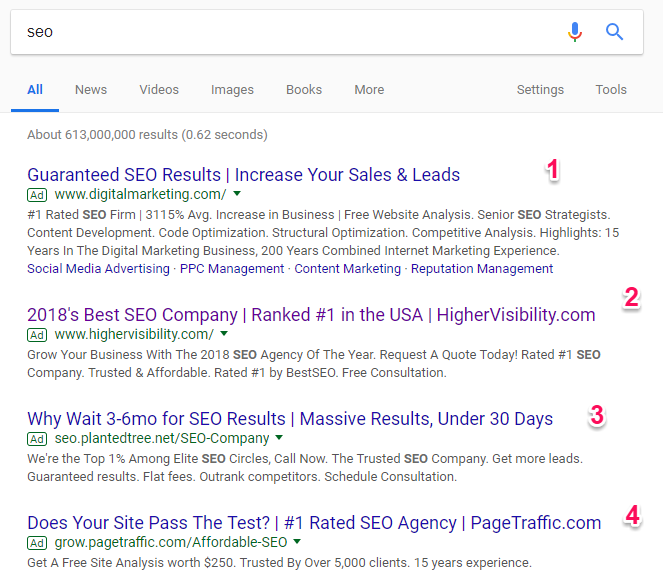
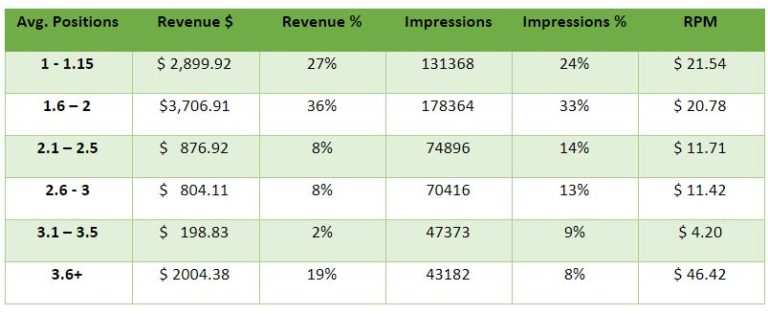
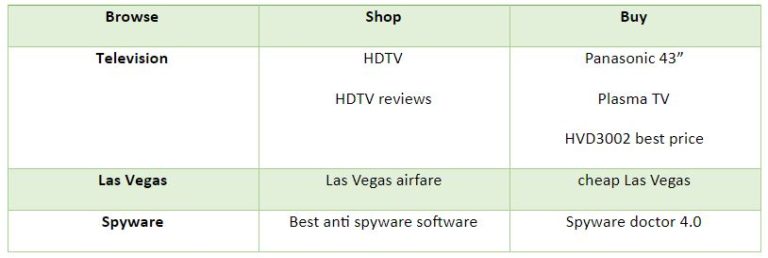


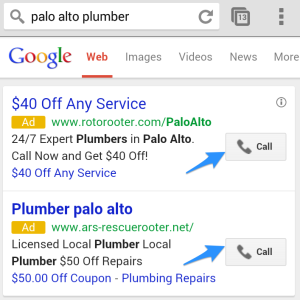

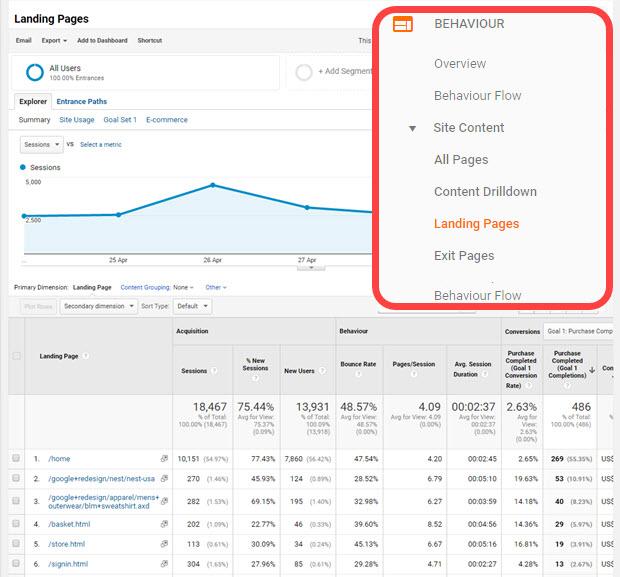
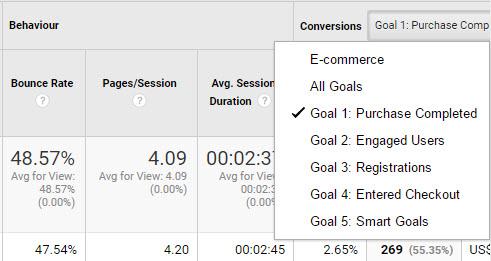
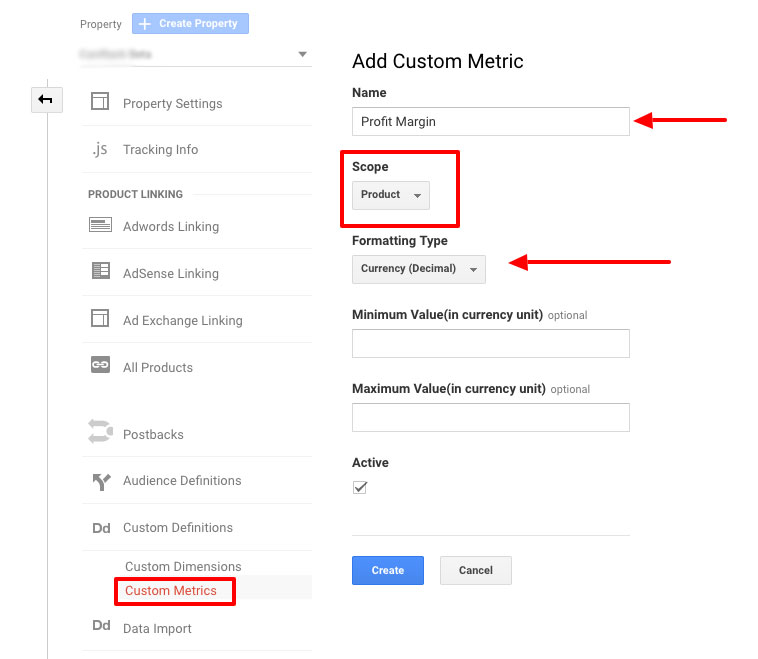


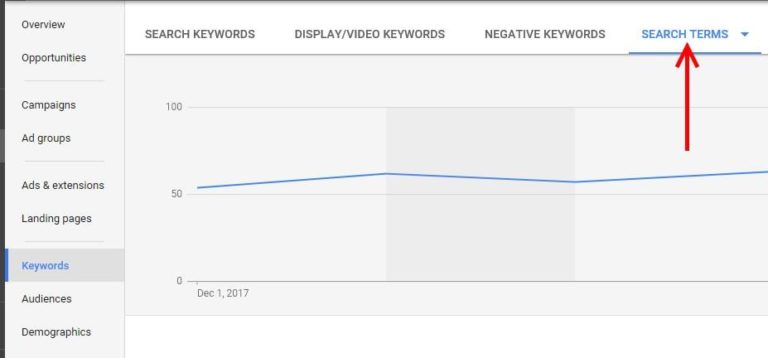


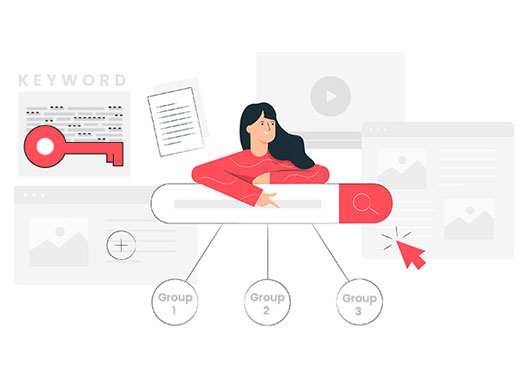
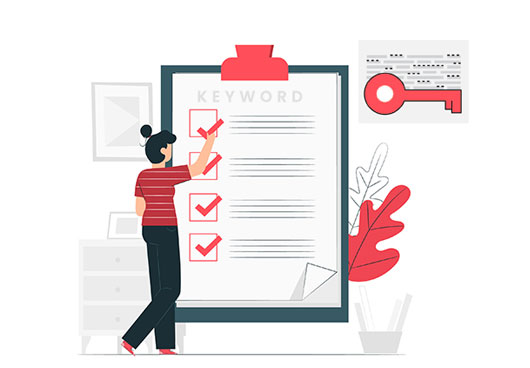


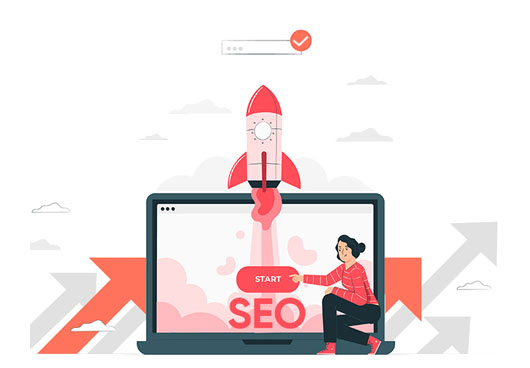
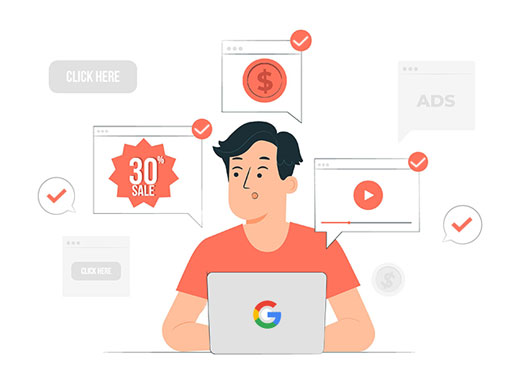




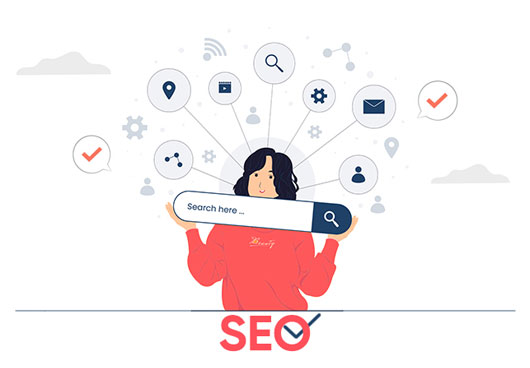


Leave a Reply